Rig Rundown: August Burns Red
The Grammy-nominated outfit shows us the Ibanez guitars, Kiesel basses, and Kemper and Ampeg amps that ignite their metalcore sound.
By Perry BeanJan 27, 2016
Perry Bean
Perry Bean cut his teeth touring and playing in punk rock and hardcore bands, before he got his start in film. He worked his way up from lowly production assistant to become a producer, art director, and most recently, a music video director nominated for ACM, CMT, and CMA awards. Being Premier Guitar's Chief Videographer was a perfect fit for him, combining his two favorite things—guitars and cameras. Perry doesn't have free time, but his massive dog Beef pays his rent by being Perry's intern.




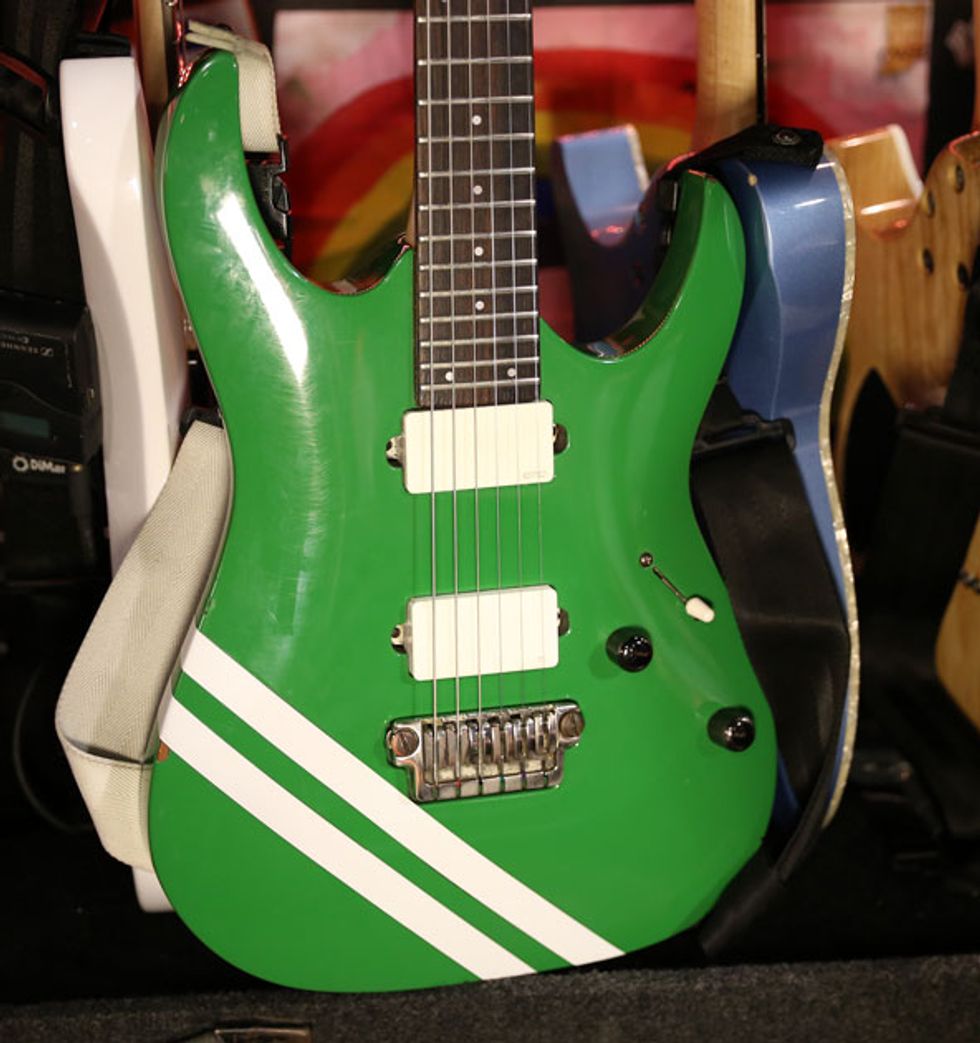
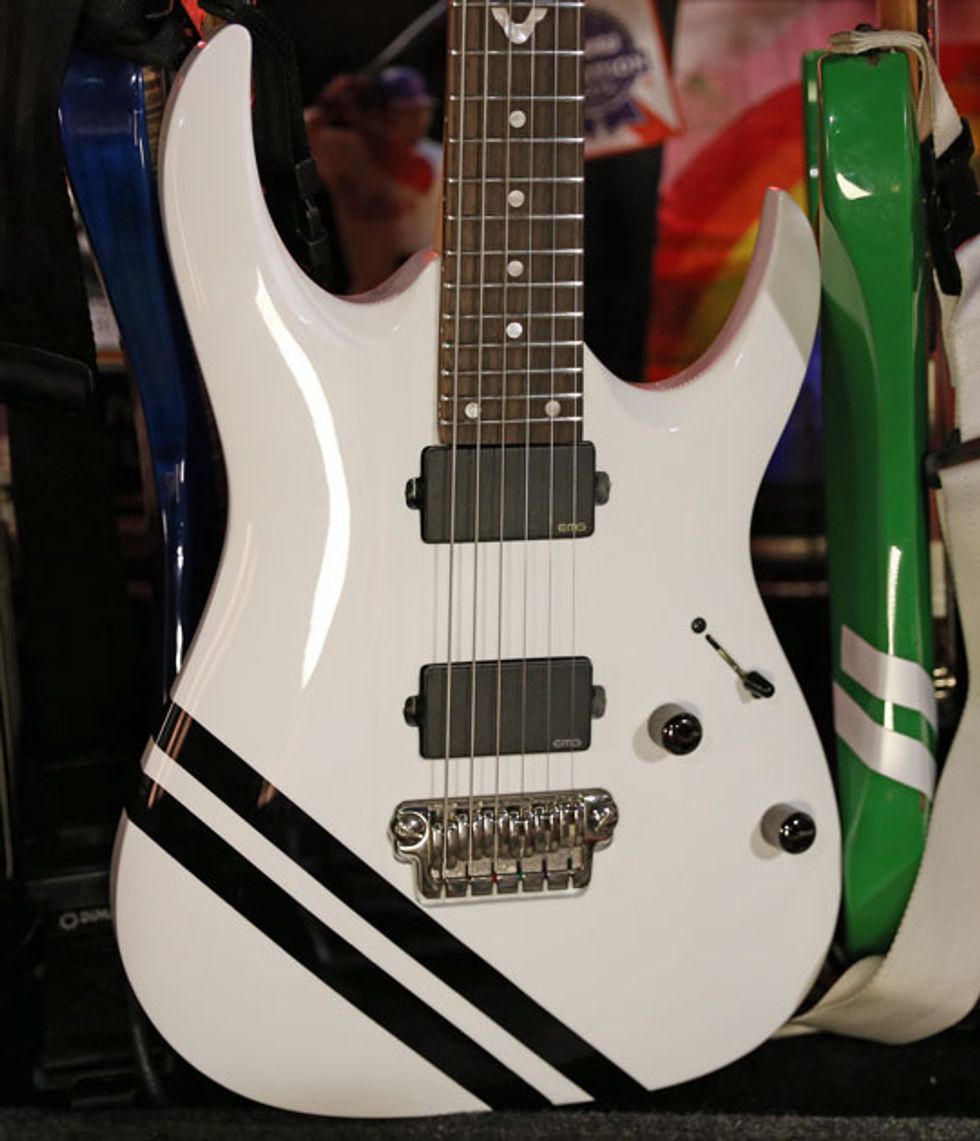
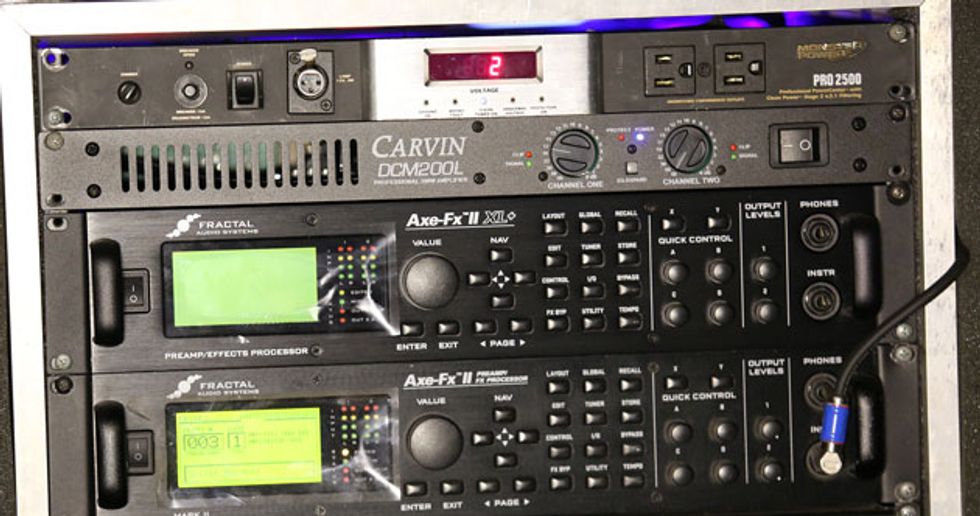
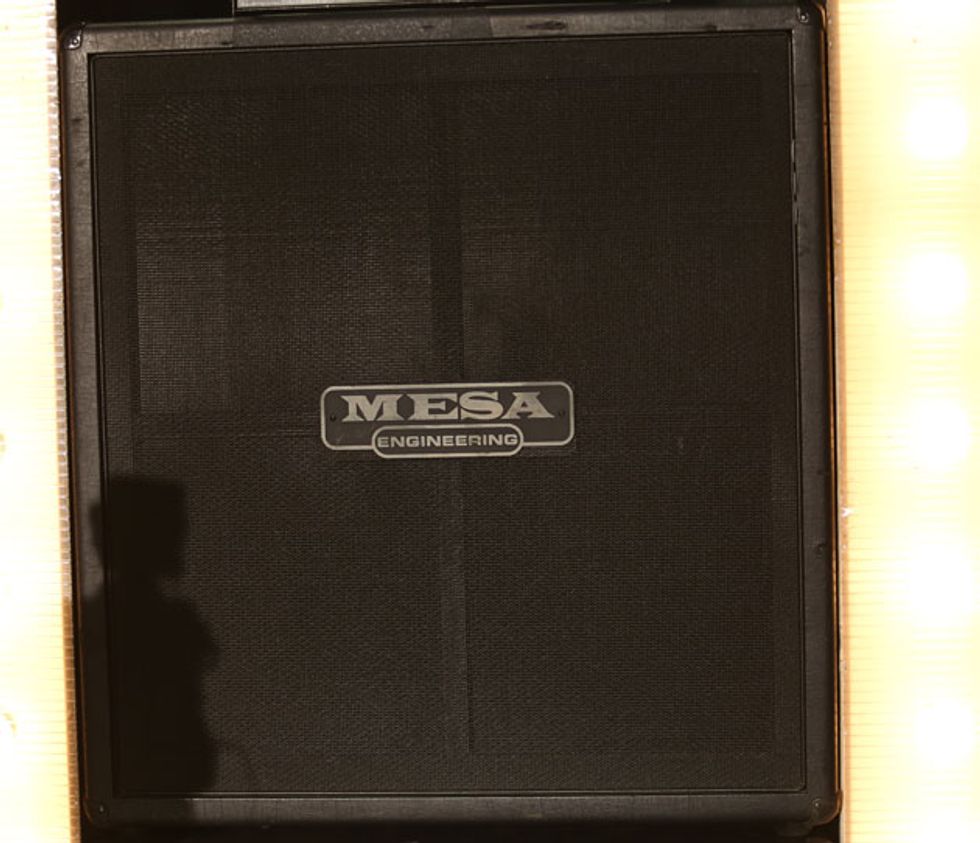
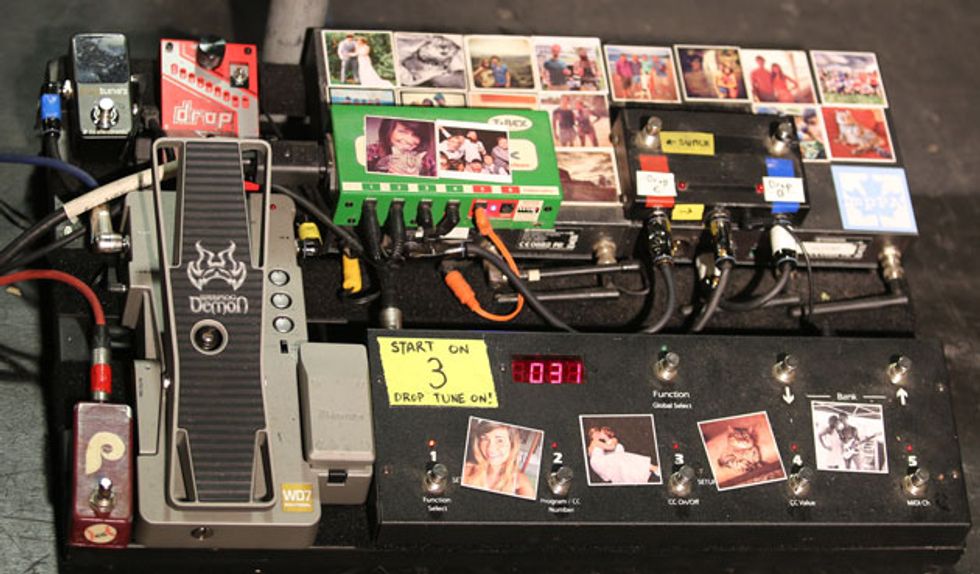
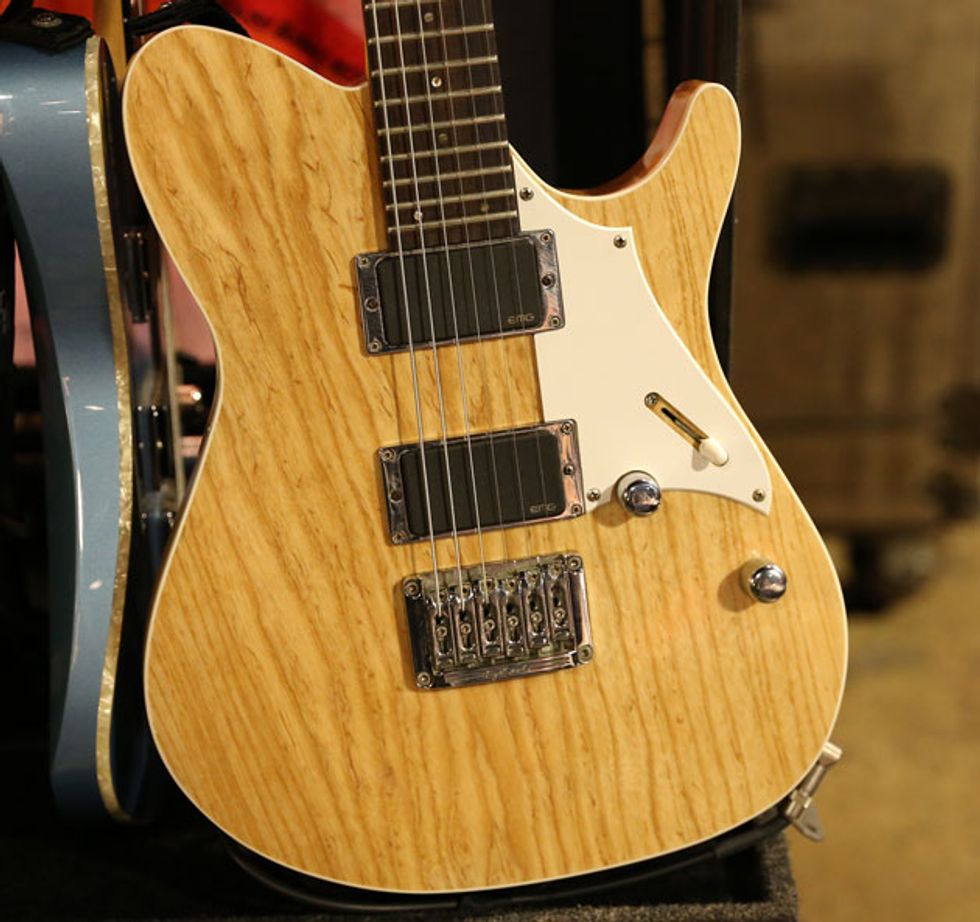
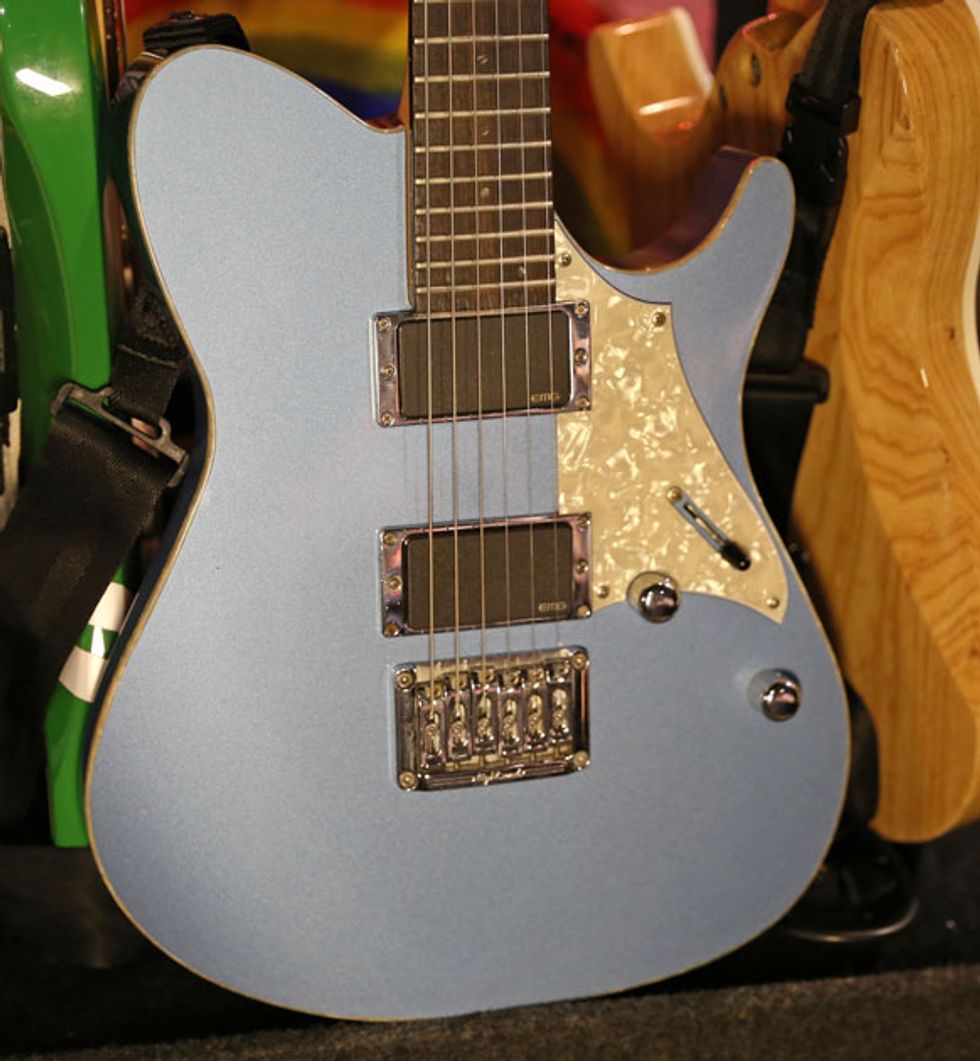
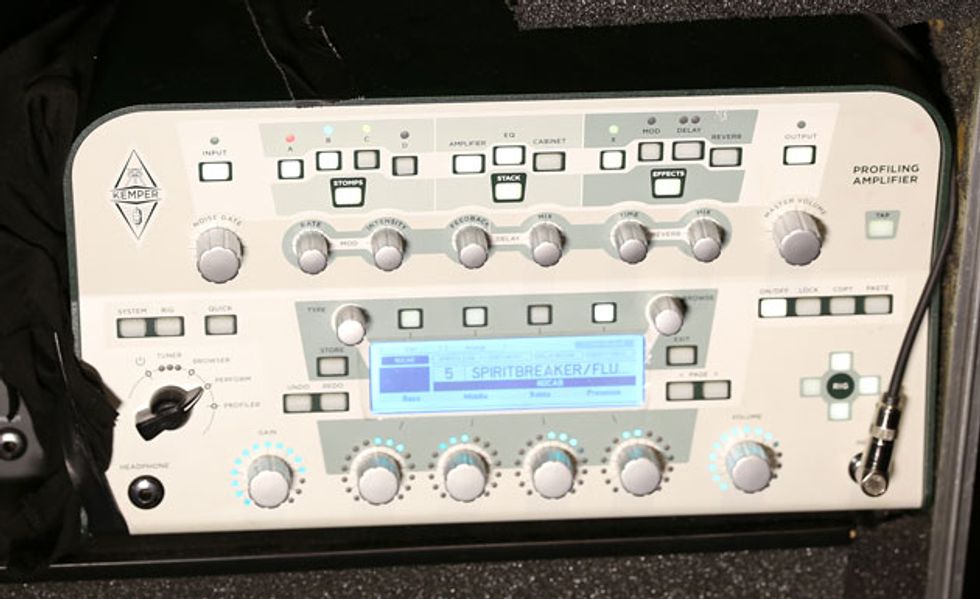

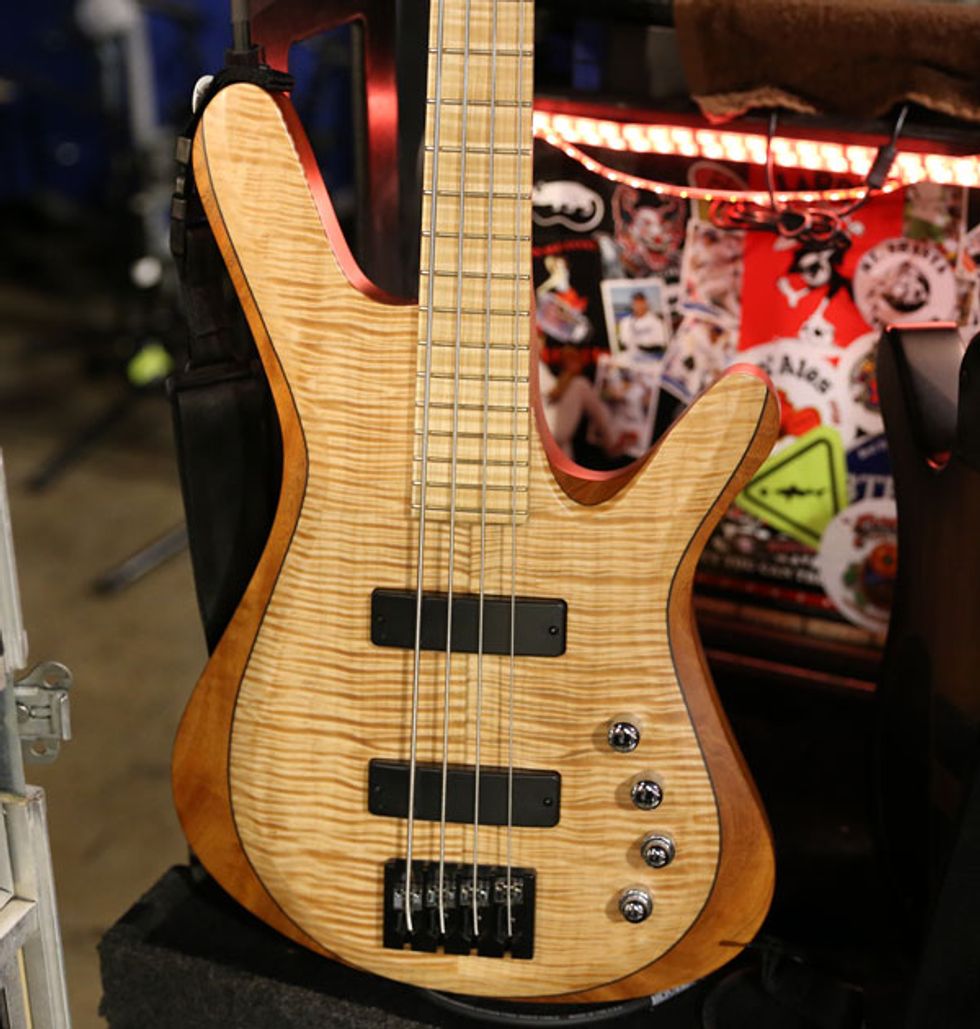
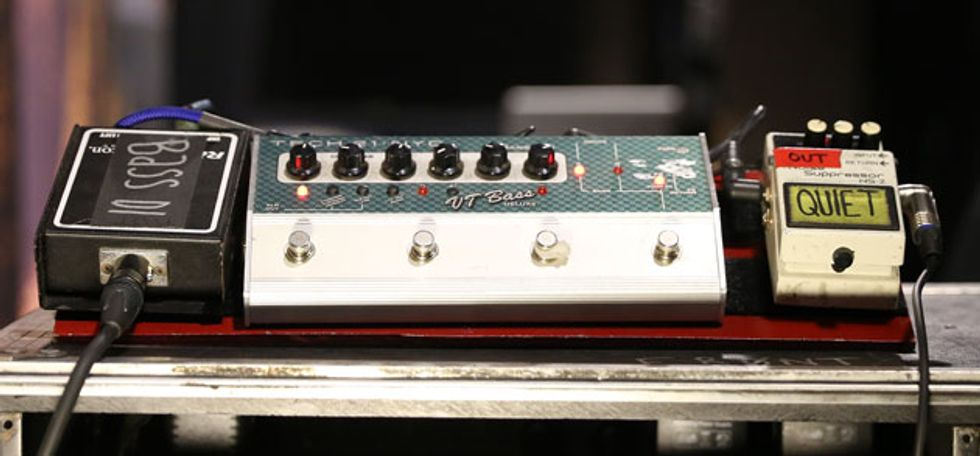
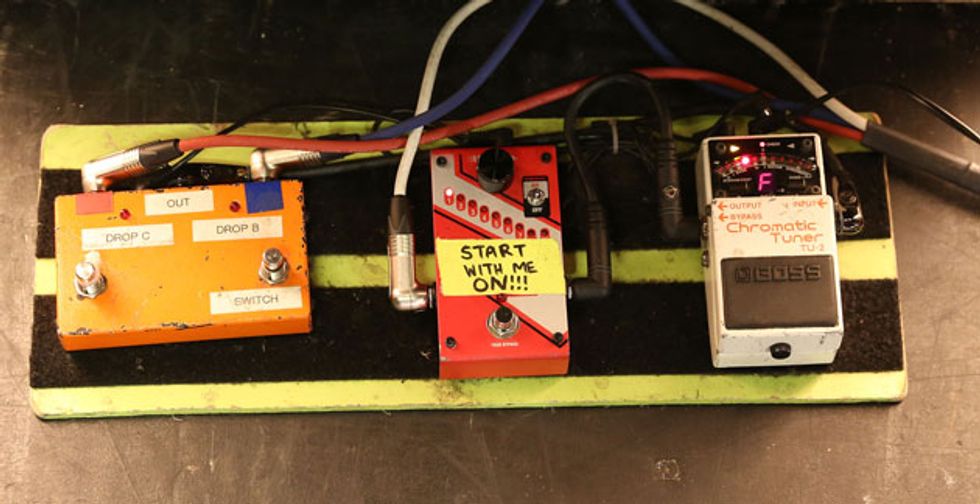
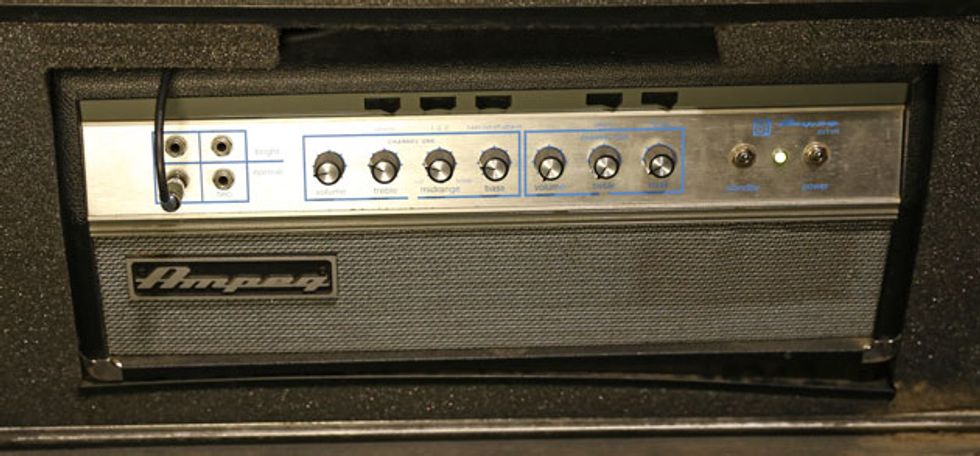




![Rig Rundown: Russian Circles’ Mike Sullivan [2025]](https://www.premierguitar.com/media-library/youtube.jpg?id=62303631&width=1245&height=700&quality=70&coordinates=0%2C0%2C0%2C0)

















